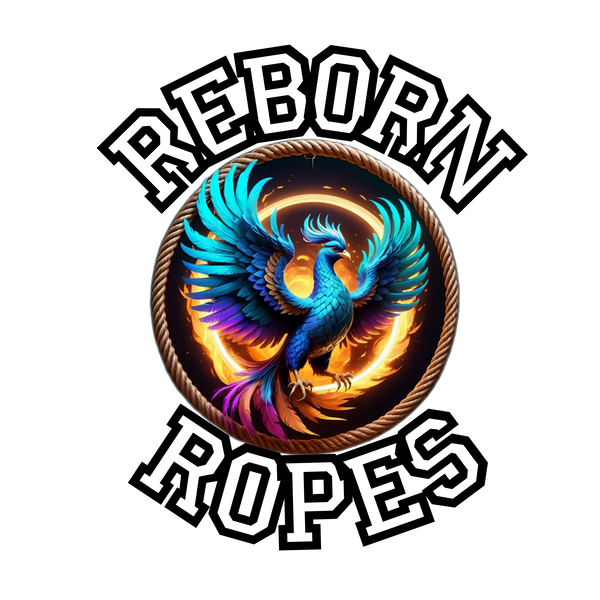G is for
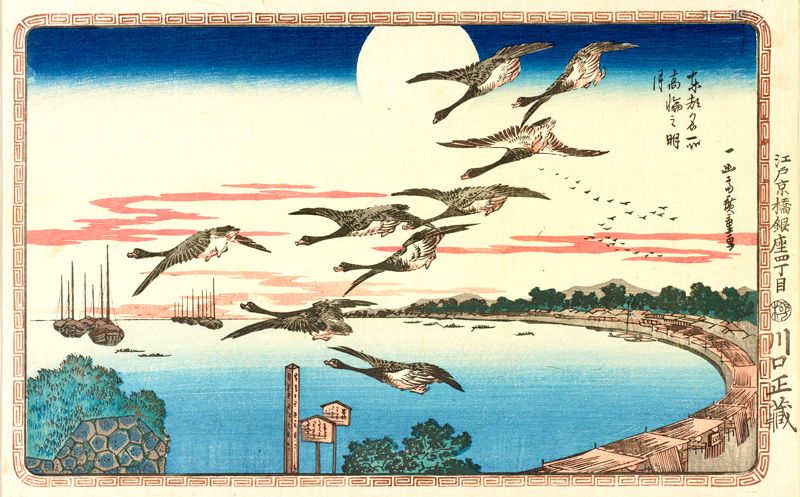
Ganji garame 雁字搦め
"Ganji Garame" (雁字搦め) is a Japanese idiomatic expression that conveys a sense of being tightly bound, restricted, or entangled in a way that limits freedom of action or thought. The phrase is rooted in a metaphor of wild geese ("雁" or gan) whose legs are caught or tangled together, symbolizing a state of constraint.
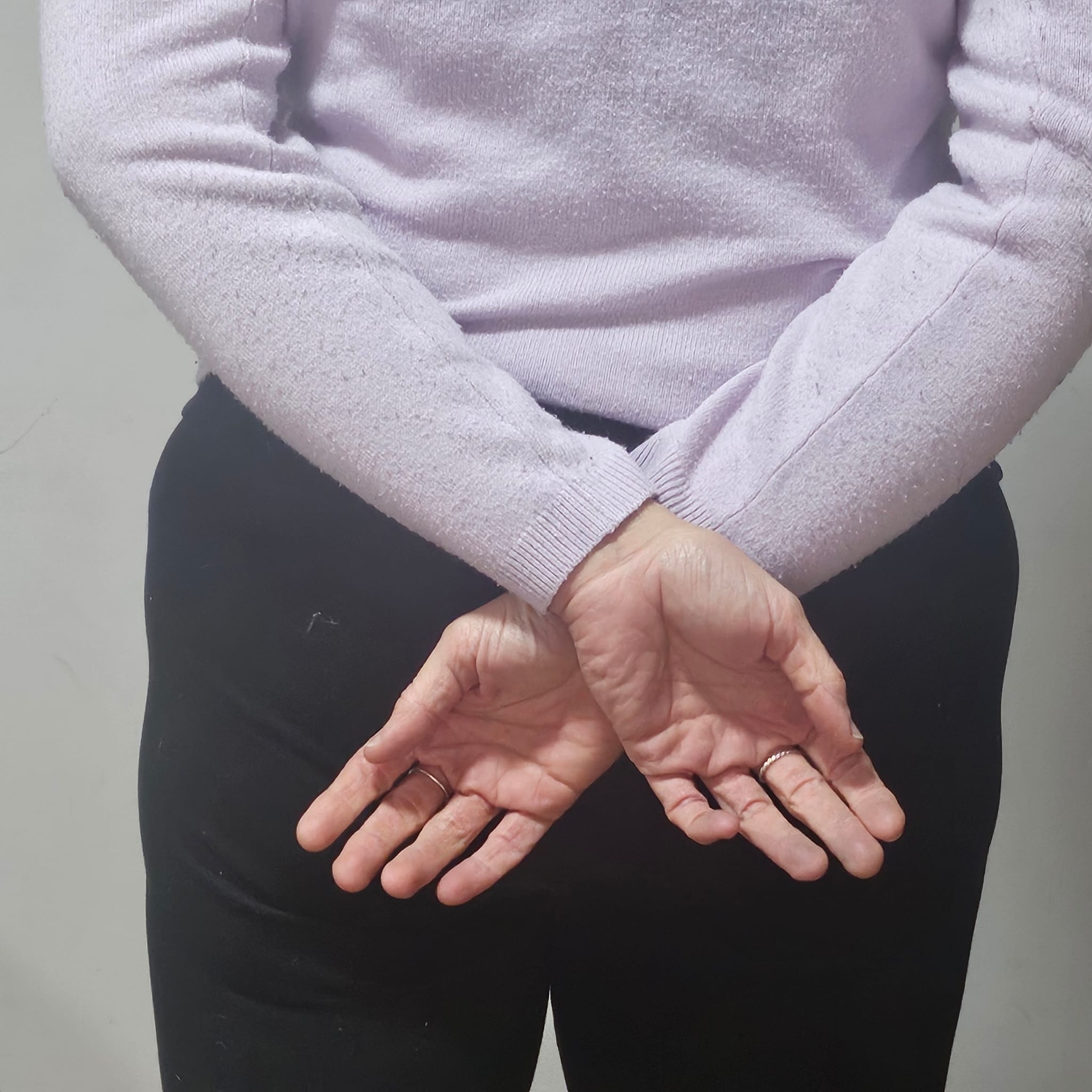
Gote 後手
lit. 'hands behind the back. This word is also often used to describe someone who is in a defensive position, for example the second player to make there move in a two player game,

Gote Gasshō Shibari 後手合掌縛り
'hands behind the back in prayer tie' This refers to a Gote Shibari (see below) with the behind the back in a prayer position.

Gote shibari 後手縛り
lit. rear hands, or hand's behind back binding. Used to refer to a wide variety of ties with hands behind the back and wraps around the arms and chest.
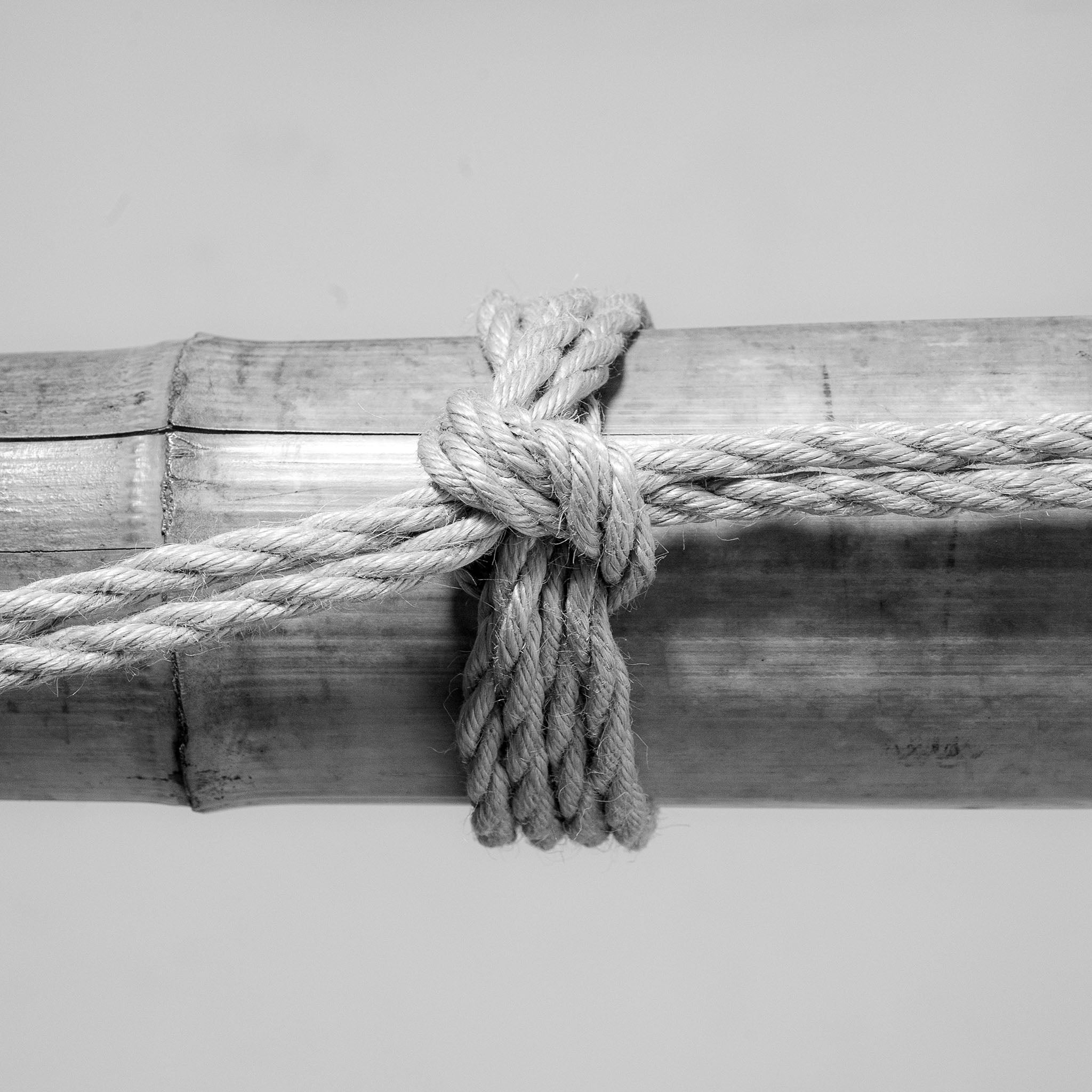
Granny knot
Knot often used for single column ties. Also known by the names: booby knot, calf knot, lubber’s knot, tatemusubi
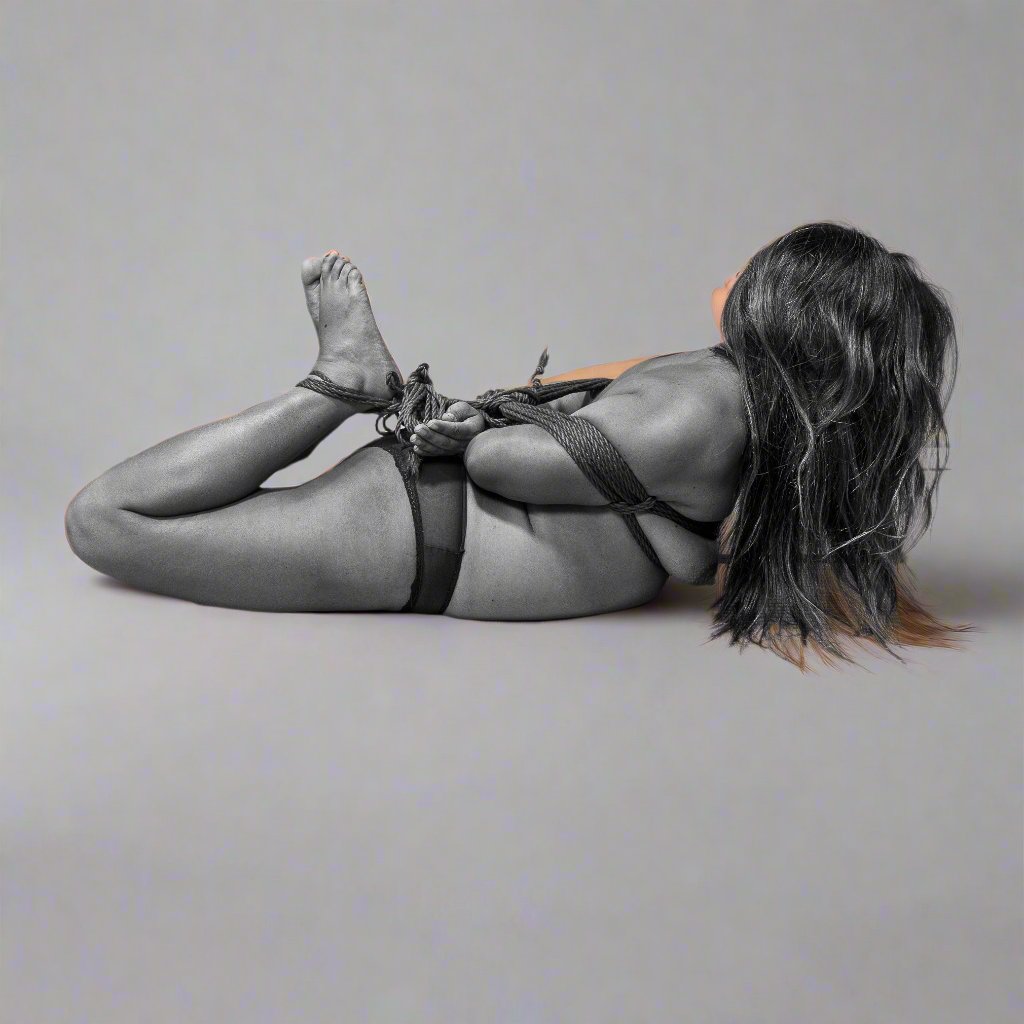
Gyaku-ebi shibari 逆海老縛り
Translates as reverse ebi tie. This is a shibari version of the hog tie which is first recorded as a tie used on humans in American during the 19th Century.
